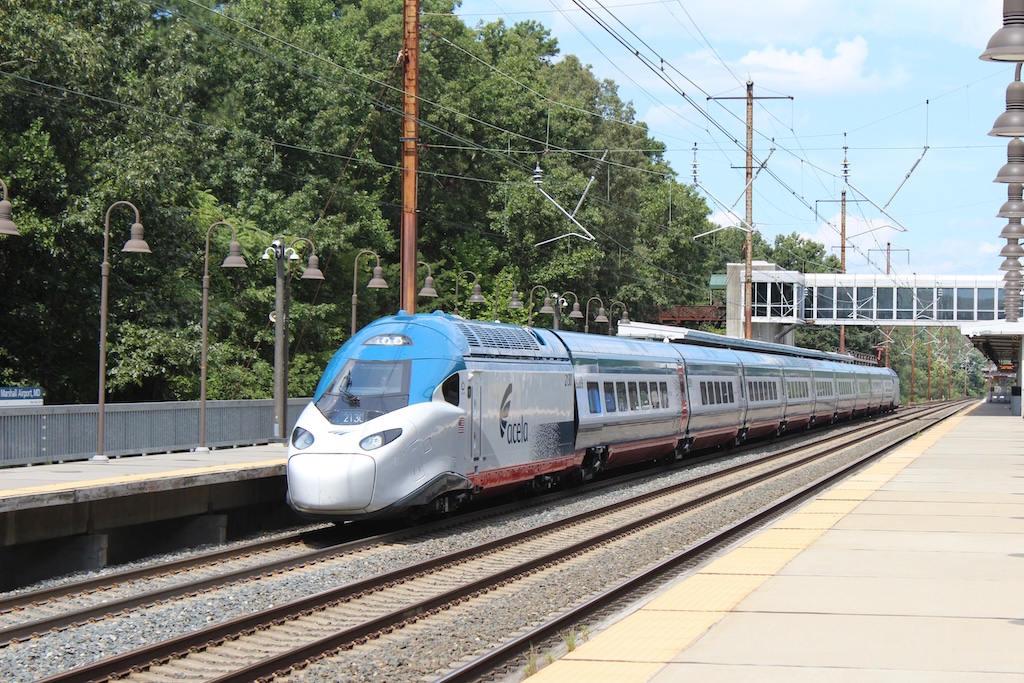
NEW HAVEN, Conn. — Let’s get something straight: Amtrak’s NextGen Acela trainsets that began revenue service with two Northeast Corridor round-trips between Washington and Boston on Thursday are shiny new objects worthy of the hype.
The trains incorporate four decades of Alstom’s TGV technology and are destined to fully replace 25-year-old Acela equipment introduced in November 2000. Acela’s revolution of Northeast Corridor travel was made possible a year earlier when Amtrak completed electrification of the former New York, New Haven & Hartford Railroad tracks between its namesake city and Boston’s South Station.
Speed versus trip times
Amtrak touts that the new trains can reach 160 mph — or 10 mph faster than their predecessors. But the NextGen trains have been introduced on existing Acela schedules for now.
Adoption of faster schedules has more to do with the trains’ ability to safely and steadily tilt through curves than their higher top speeds. The more that trains can tilt, the faster they can run through curves while maintaining comfort for passengers.
Tilt technology makes this possible. Operating at a higher “cant deficiency” — the amount of tilt required over and above the track superelevation necessary for forces to be balanced — enables the trains to cut travel time.
The NextGen Acelas have debuted with 5 inches of cant deficiency, the same range as the original Acelas. But they are supposed to be capable of operating up to at least 7 inches, a figure that will cut times over the serpentine portions of the Northeast Corridor. Amtrak and manufacturer Alstom are working with the Federal Railroad Administration on increasing the trains’ cant deficiency.
“We can basically keep almost the same trip time with the 5 inches,” says Chris Jagodzinski, Amtrak’s assistant vice president of operations. “The North End adds a few extra minutes, but we’ll work on that. We’ve adjusted the schedule with a few minutes to keep the trains on time. We worked through those last issues. They’ll do it eventually.”
The new trains are the first to meet the FRA’s new Tier 3 crash impact management standards, which were not yet complete when Amtrak and Alstom signed the $2.35 billion NextGen Acela contract in 2016. Construction of the train sets in Hornell, N.Y., was under way when the standards were finalized.
Alstom says it tweaked the design to meet Tier 3 requirements, which ultimately affected the trains’ performance during extensive testing. That, in turn, prompted additional minor modifications to the equipment, including dampers on the suspension of the trains’ power cars, an independent source tells Trains.
Further complicating matters: The new trains ride on a TGV wheel profile, which is different from any other Amtrak equipment. The Northeast Corridor, Jagodzinski points out, includes significant mileage shared with freight and commuter traffic, which raises tonnage beyond what TGVs experience on dedicated high speed tracks in France.
“We want to be able to model and predict how trains behave, how trains operate, in particular at higher speeds,” notes Noah Heulitt, Alstom’s U.S. operations vice president, who was aboard Wednesday’s press run.
The debut of the NextGen Acela was four years late as Alstom worked to meet the new standards and evaluate extensive test performance data.
“No one had done this before,” Heulitt says. “This was all theoretical [and] had never been proven out, so there was a significant amount of work to be done to ensure that we’re meeting the spirit and the intention [of the regulations].”
Assigning train sets
Aboard the media run on Wednesday, Jagodzinski confirmed that five NextGen Acela train sets have been accepted from Alstom and that several more should be accepted within the next few weeks.
The two round-trips each day (one on Saturday) require two train sets. “But I may run four in a day, so I keep two in Boston, two in Washington, and one in New York,” he says.
“We’ve had good tests. It’s a good train — the propulsion systems and braking systems are great and I think you’ll find the ride quality is much better,” Jagodzinski adds, comparing the new equipment to the original Acelas.
As for ride quality, the jury is still out.
Trains rode the NextGen Acela on Wednesday between New York and New Haven, where there’s trackwork underway on Amtrak’s Hell Gate Bridge and the Metro North route between New York and New Haven. Speeds are limited to 90 mph or less for all trains.
There was enough jostling through crossovers that passengers shouldn’t expect riding NextGen on faster track north of New Haven and south of New York will approach the ride quality of its French cousins.






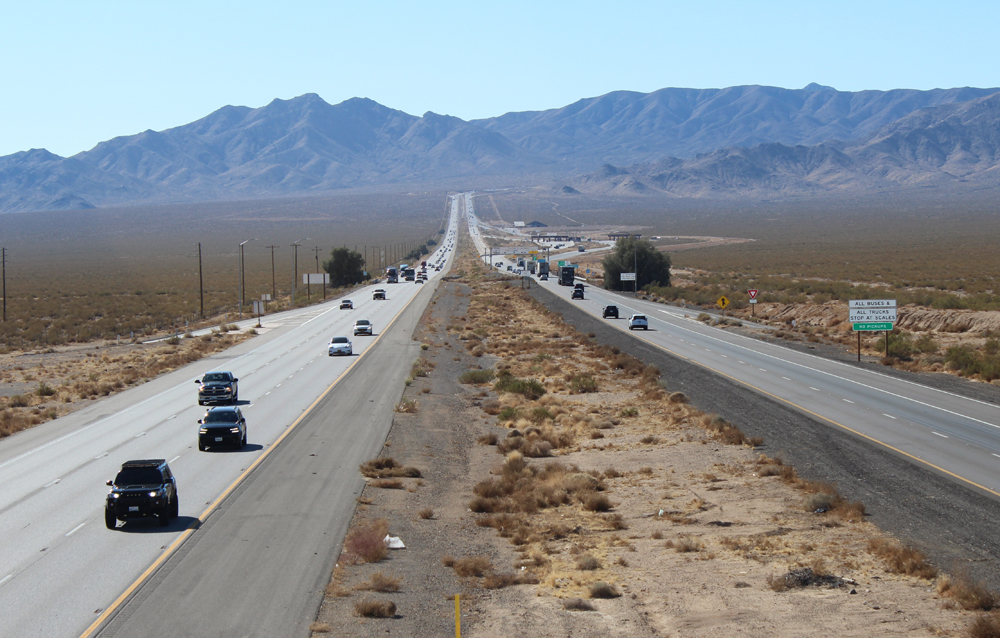
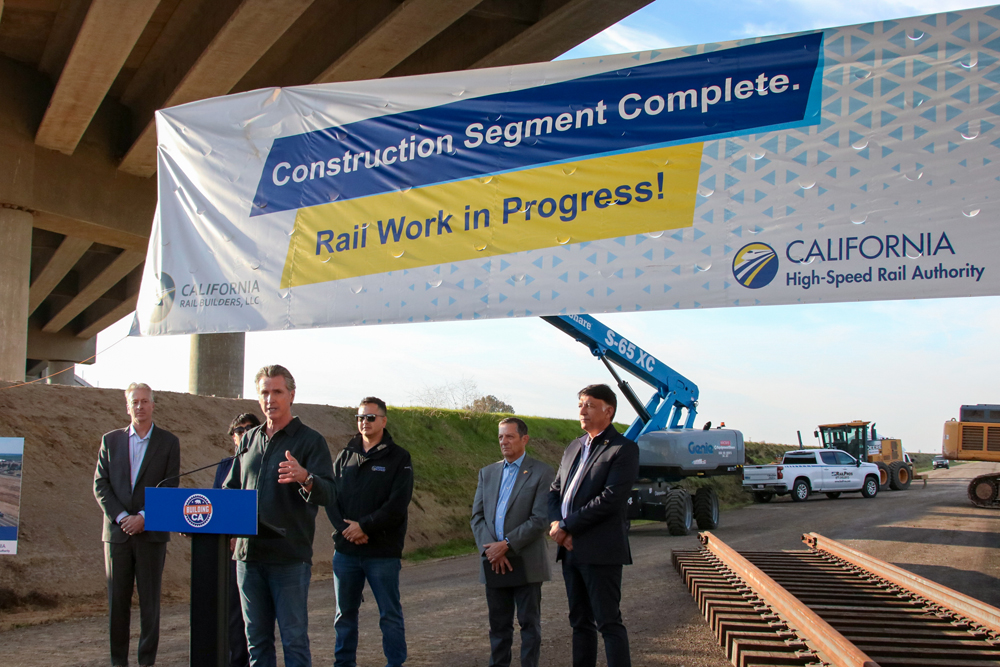
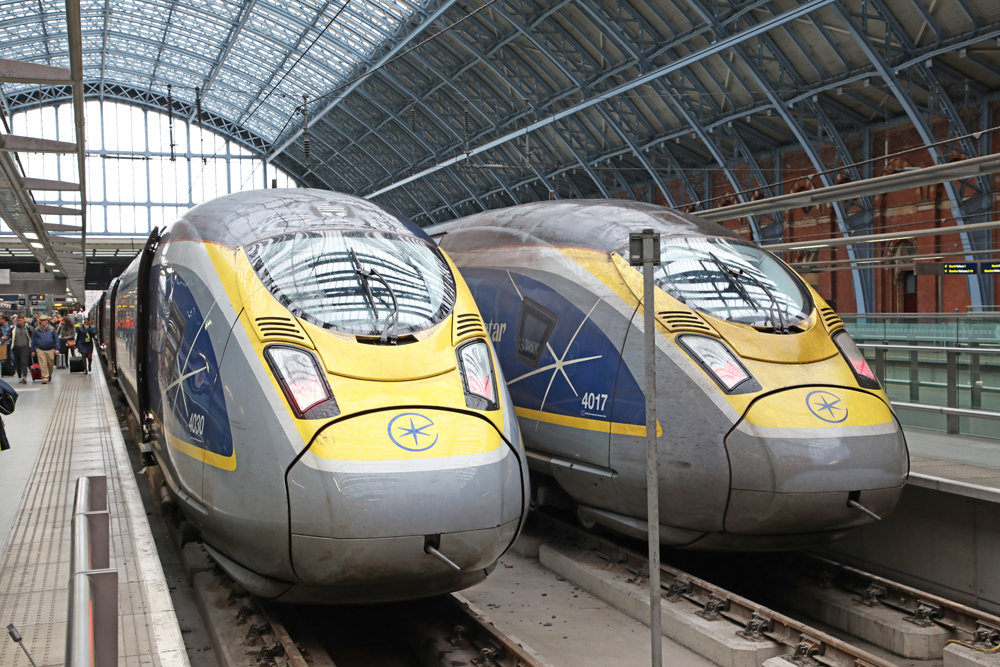
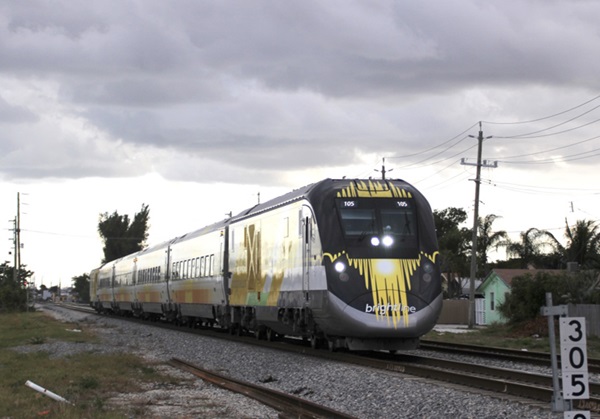
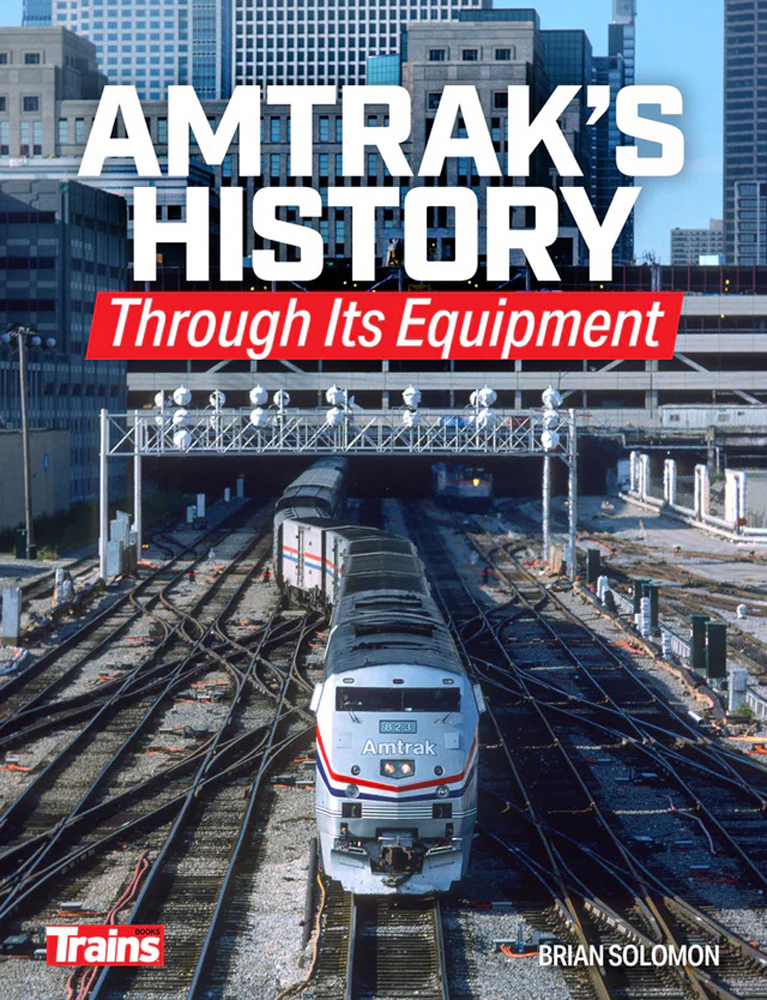
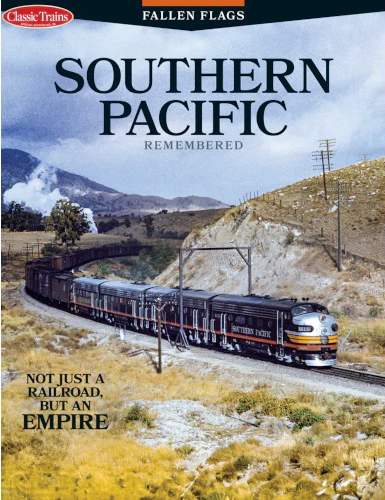
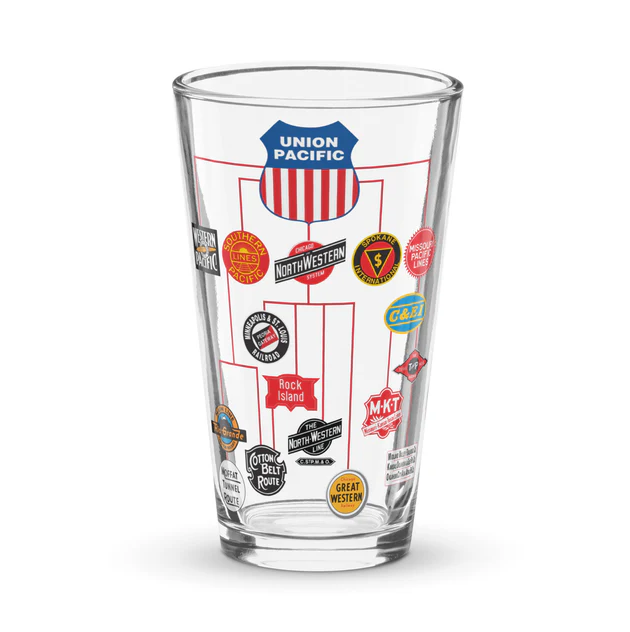
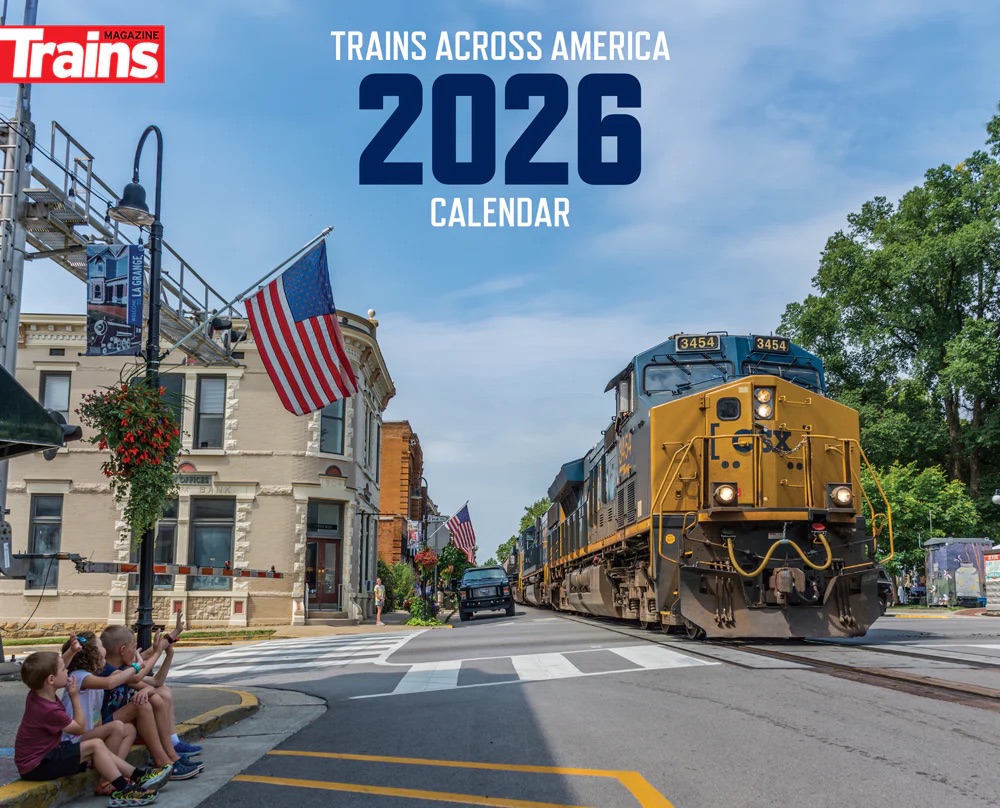
It wasn’t just “jostling thru crossovers”, but bad track overall.
Well I think this article neglects to mention that travel times on the NEC from DC to NY have routinely been scheduled at 2 hours 30 minutes to 2 hours 45 minutes since the Metroliners back in the late 60s. That”s at least 56 years of trains averaging just over 90 MPH for the whole trip. Tilting won’t get that number down much but Chris Jagodzinski might actually have an ace up his sleeve if he has schedules planned that will actually be able to fit those “Non-stop” Acelas into the NEC alongside the hourly “locals.” If he can that will actually revolutionize travel along the NEC as faster, more comfortable and more frequent service will win riders and their money.
That’s not correct. Except for the nonstop Metroliners all were scheduled for 2:59 minutes in PC days. The nonstops (one daily roundtrip only) were 2:30.
The nonstops only lasted a year. PC lowered speed limits in 1970 to 100 from 120 which put an end to the nonstops for a decade.
In the 80s with the NEC Improvement Project speeds were back up to 120 then 125 and the nonstops again briefly returned to 2:30. But a lack of patronage once again made them temporary.
You can view all PC NEC employee timetables at http://prr.railfan.net/documents/EmployeeTimetables.html
Last night I was track side in Mansfield MA to see the “new Acela” Not sure what happened, but it ended up being the only train that was late. 9:11 out of Providence turned into 9:29 departure. This qualifies it for the “later than normal” moniker Amtrak uses.
In the Acela age, trackside in Mansfield or Sharon is scary.
The speed limit is a lot higher now than when I spent my youth meandering across the tracks to get to Sharon High School.
High speed?? Perhaps in the US but not by world standards. Can two trainsets be coupled together as a single train? Common in Europe – indeed I have noted two 11 car sets merged into a 22 car train. Useful for peak periods. Not sure if our stations could cope with a double Acela.
Too bad we can’t send the retiring Acelas to California to run on the Valley high-speed trackage. Whoops, almost forgot that there is no track laid yet. Maybe just a little?
One thing that would raise the speeds would be the completion of tunnel work in Baltimore and New York, as well as bridge replacements.
In any case, this is another milestone in American high-speed rail adventure… May the NextGen Acela units run safely and long on the tracks!
Dr. Güntürk Üstün